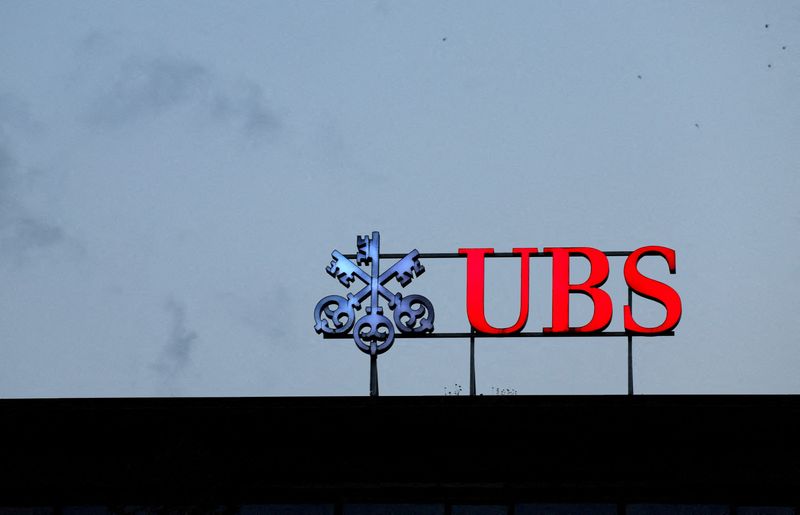ZURICH (Reuters) – The Swiss government this month warned the country of the risk of “too big to fail'' banks after UBS emerged as the country's only major financial institution with its acquisition of Credit Suisse in 2023. The plan is to present proposals aimed at protecting the country.
Key points about planning include:
What does it mean to be too big to fail? The 2007-2009 financial crisis showed that the failure of a systemically important bank puts the entire economy at risk. The state could not abandon these banks and gave them implicit government guarantees, making them too big to fail (TBTF).
To avoid becoming hostage to future bank mismanagement, governments and regulators aimed to tighten rules that require banks to strengthen their balance sheets.
How did the rules work during the 2023 crisis? Last year's failure of Credit Suisse and several U.S. regional banks showed that the TBTF rules were inadequate.
Instead of reorganizing Credit Suisse without state support as it had intended, the Swiss government has secured 168 billion Swiss francs (approximately $187 billion) worth of liquidity from the central bank, the Swiss National Bank (SNB). It was necessary to adjust the absorption by UBS, which was used as backing.
Switzerland's TBTF rules are reviewed every two years, but the latest update was delayed by a year following the collapse of Credit Suisse. Swiss financial market watchdog FINMA, the SNB, a committee of experts and the Financial Stability Board (FSB) have also suggested improvements.
The discussion will focus on the following points:
capital
A larger capital buffer would have given Credit Suisse and the Swiss government more time to find a solution, making it easier to break up or downsize parts of the bank.
Financial experts say they expect UBS's capital adequacy ratio to be over 20%. As of the end of 2023, the ratio was 4.7%. Last year, the Swiss Chamber of Deputies endorsed a systemically appropriate unweighted capital ratio of at least 15% for banks. UBS rejected this, arguing that it would make products such as mortgages much more expensive and have a negative impact on the economy.
LIQUIDITY Last year, Credit Suisse suffered the first major digital bank run as trust in lenders collapsed. Customers withdrew tens of billions of dollars in March alone.
Even with the Swiss central bank's emergency liquidity assistance (ELA) targeted at such cases, it was not enough to stem the outflow. Furthermore, Credit Suisse did not have all the relevant collateral in place for transfer to the central bank or was already tied up in other transactions.
This is currently due to change.
The central bank is working to make it easier for banks to access emergency liquidity. As part of that effort, the company is working with lenders to expand its inventory of assets that can be pledged in exchange for liquidity, the people said. In addition to mortgages, the Swiss central bank said it would accept a wider range of commercial loans and so-called Lombard loans as collateral.
National liquidity support Even before the Credit Suisse crisis, the Swiss government was working on national liquidity protection, the so-called public liquidity backstop (PLB). This works when a bank urgently needs liquid funds but cannot provide sufficient collateral to the SNB. In such cases, the state intervenes and guarantees to the central bank that the loan will be repaid.
A version of the PLB intended for use in bank restructurings, sales, and liquidations is used internationally.
In Switzerland, it is widely accepted to grant emergency liquidity support. However, there is still debate over how much UBS should pay for it. The government has suggested it should cost UBS millions of francs a year, but critics say such support should cost 100 times that.
management
Another lesson from the Credit Suisse collapse is that management took too much risk and did not take appropriate responsibility for it. In light of this, market watchdog FINMA is calling for the introduction of a so-called senior manager system, based on the UK model.
The purpose is to clearly allocate management responsibility for decision-making.
(1 dollar = 0.9006 Swiss Franc)
(Reporting by Oliver Hart; Editing by Dave Graham and Kirsten Donovan)


